E-commerce development refers to the process of building and maintaining online stores and platforms that facilitate the buying and selling of goods and services over the internet. This involves various aspects of web development, such as designing user-friendly interfaces, implementing secure payment gateways, ensuring scalability and performance, and integrating essential third-party services.
Here are the key elements involved in good e-commerce development:
1. Platform Selection
- Choose the right platform based on the business needs. Popular platforms include WooCommerce (for WordPress), Shopify, Magento, and Custom Development using frameworks like Laravel, CodeIgniter, or React for a highly tailored experience.
2. Responsive and User-Friendly Design
- An e-commerce site must be easy to navigate and visually appealing. The design should be mobile-friendly and provide a smooth shopping experience across all devices.
3. Product Catalog Management
- Organizing products into categories, adding product descriptions, images, pricing, and inventory status is essential. A user-friendly admin panel should allow easy management of these products.
4. Shopping Cart and Checkout Process
- A well-designed shopping cart that allows customers to review their orders, update quantities, and easily proceed to checkout. The checkout process should be intuitive, secure, and fast.
5. Secure Payment Gateways
- Integrating multiple secure payment options, such as PayPal, Stripe, or Credit/Debit Card payments, ensures a smooth and secure transaction process.
6. Inventory and Order Management
- Efficient systems to manage stock levels, track inventory, and handle order processing help ensure that customers are not disappointed by unavailable products.
7. SEO Optimization
- To make the e-commerce site discoverable, it should be optimized for search engines (SEO). This includes ensuring proper use of meta tags, product descriptions, and ensuring fast loading times.
8. Security Measures
- E-commerce sites need high levels of security, including SSL certificates, data encryption, and protection against fraud. Compliance with standards like PCI-DSS is also essential for handling credit card data.
9. Scalability and Performance
- The website should be able to handle an increasing number of users and products as the business grows. Proper server infrastructure, caching, and performance optimization techniques are vital.
10. Third-Party Integrations
- Integration with shipping providers, CRMs, marketing tools (such as email automation), analytics (Google Analytics), and social media platforms can improve the overall efficiency and customer experience.
11. Customer Support Features
- Offering support features like live chat, contact forms, and order tracking can help increase customer satisfaction and loyalty.
12. Maintenance and Updates
- Regular updates, bug fixes, and optimizations keep the e-commerce site secure and functional, ensuring smooth operation over time.
By focusing on these aspects, e-commerce sites can deliver a great user experience, improve conversion rates, and boost customer satisfaction and retention.
Let me know if you need further details on any of these areas!



